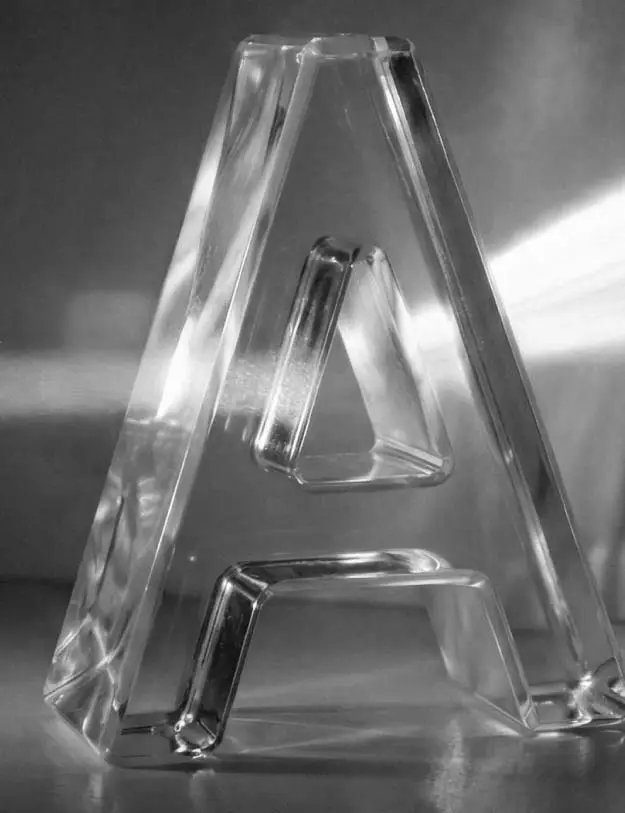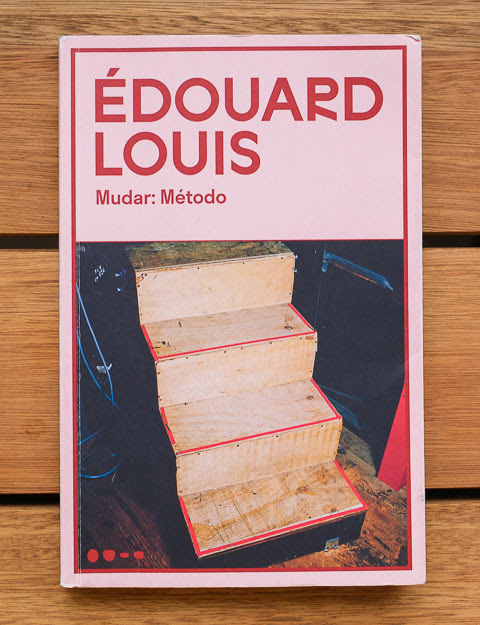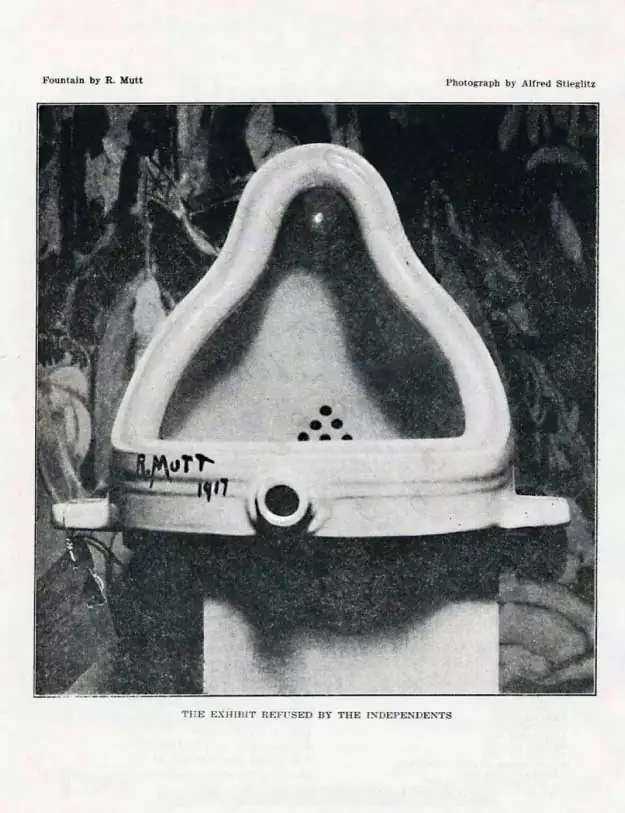Goodbye apps: back to paper
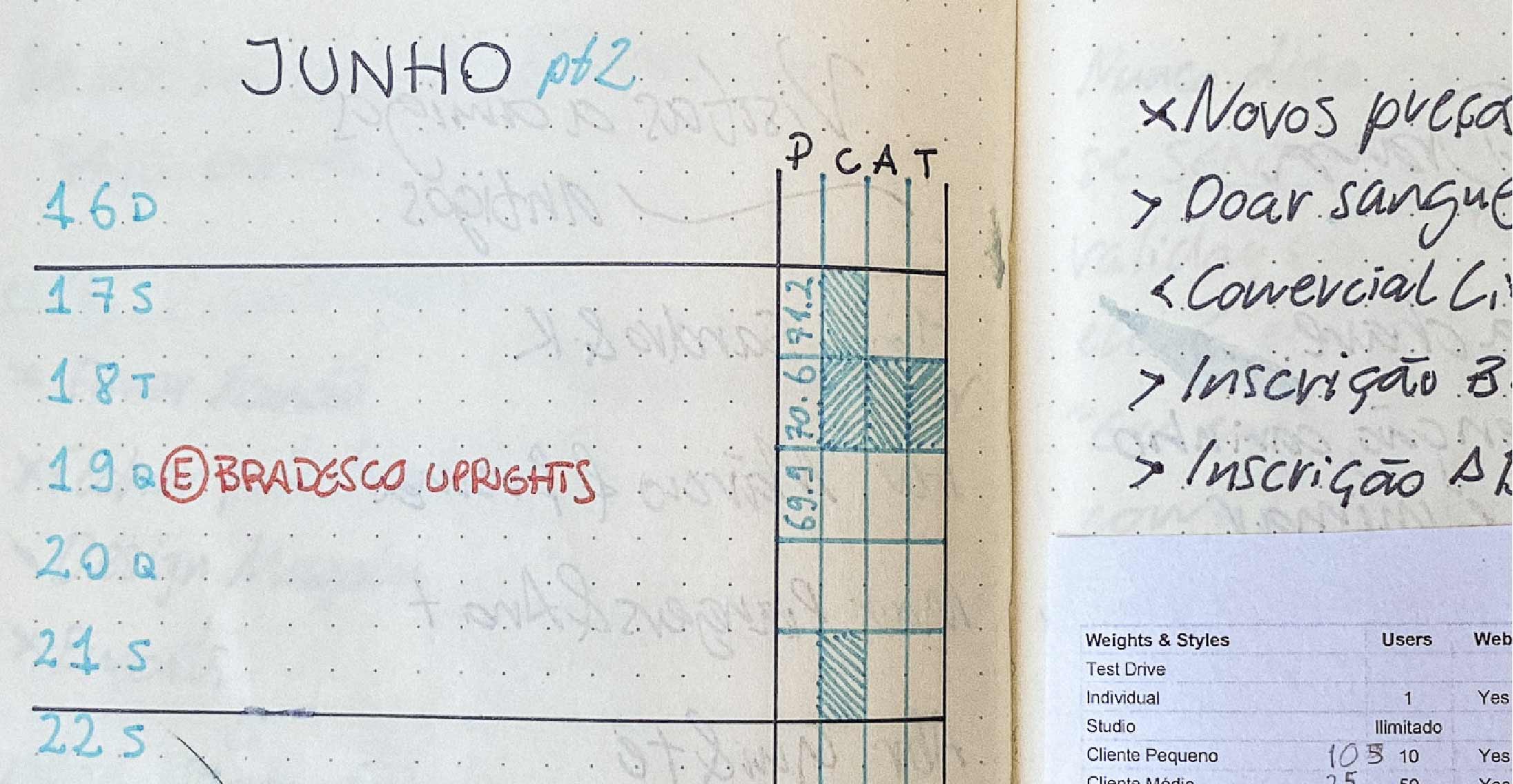
I’ve always carried notebooks with me, more to draw letters than to write, if you know what I mean. A designer thing. For writing, I used countless apps. One for meeting notes, another for task management, another for tracking personal habits (how many days can I go without Coke?). This year, however, I abandoned them all and turned to paper.
At 38, I discovered what several teenagers already know, the #bulletjournal.
It’s the opposite of innovative, disruptive, or mind-blowing to organize life with pen and paper, but this method – formalized by Ryder Carrol, who has learning and concentration difficulties, and is a designer who likes notebooks – made an impact on my life.

We know, scientifically, that handwriting demands a lot more from our brain than when we press buttons on keyboards, real or virtual, so we retain that information for much longer. Handwriting is a slower process, and this, which seems like a drawback, is its big advantage: it forces us to think more about what we want to write down, how and why. Staying away from screens and having this space to think is, in itself, extremely productive.
Another advantage a notebook has over any app, is that it is as flexible as it needs to be, to you. Each of us has a way, and all apps are designed for a generic mass of users. Your notebook is yours. In mine, in one place, I have all the information about all the projects that are going on, all the tasks I have done, what I still have to do and until when; books I’ve read, I’m reading (and summarizing right there), and the ones I still want to read; friends I want to see more often (and when I saw them) and habits I want to track (today it’s 94 days without Coke). Track and evaluate the past, organize the present, and create the future.
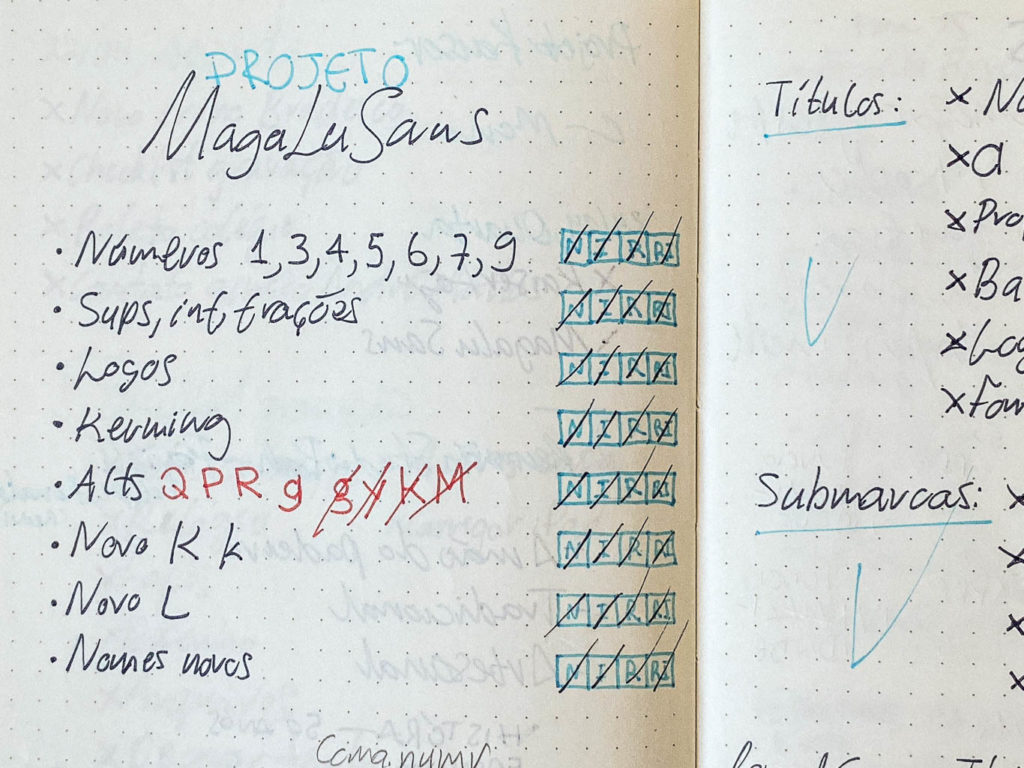
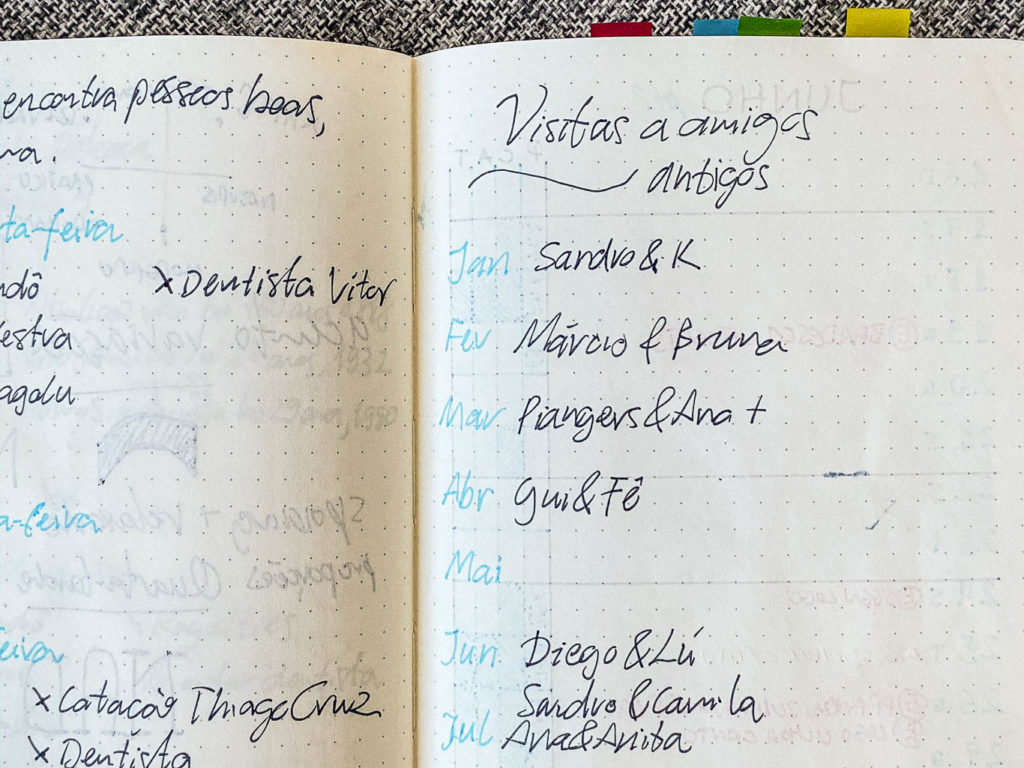
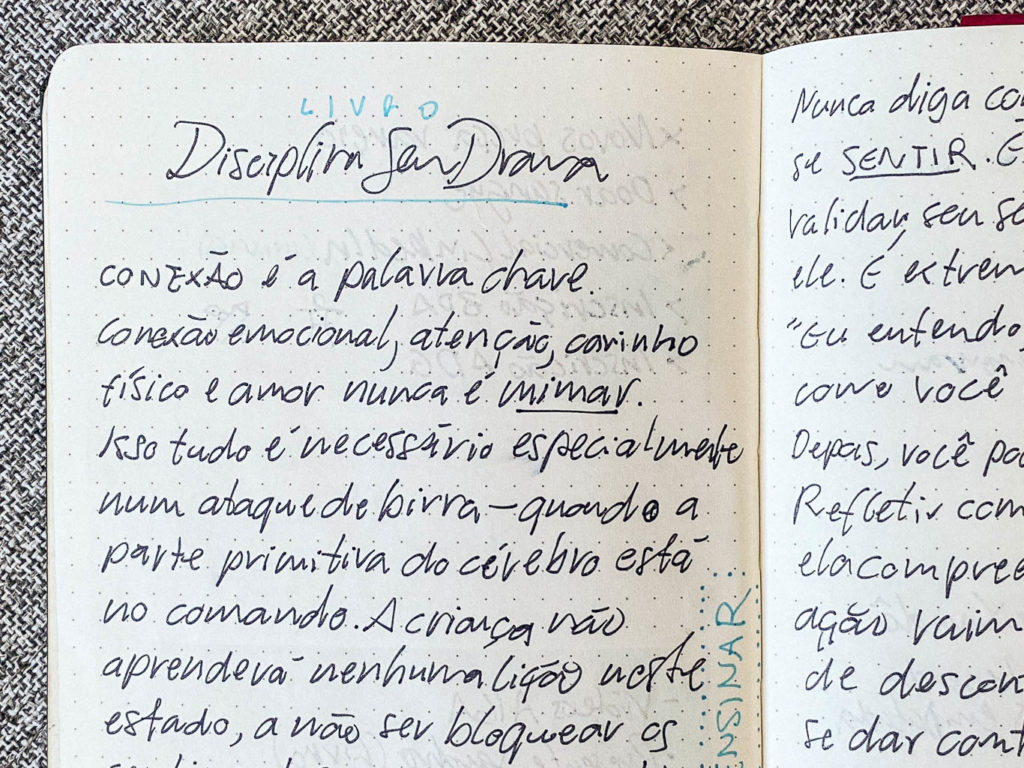
The end of the year is coming, and if you are looking to start 2020 as a blank page, why not take it literally? I read the book, but Ryder Carrol generously shares his method on his website.
PS My handwriting is just like that.🤷♂️


